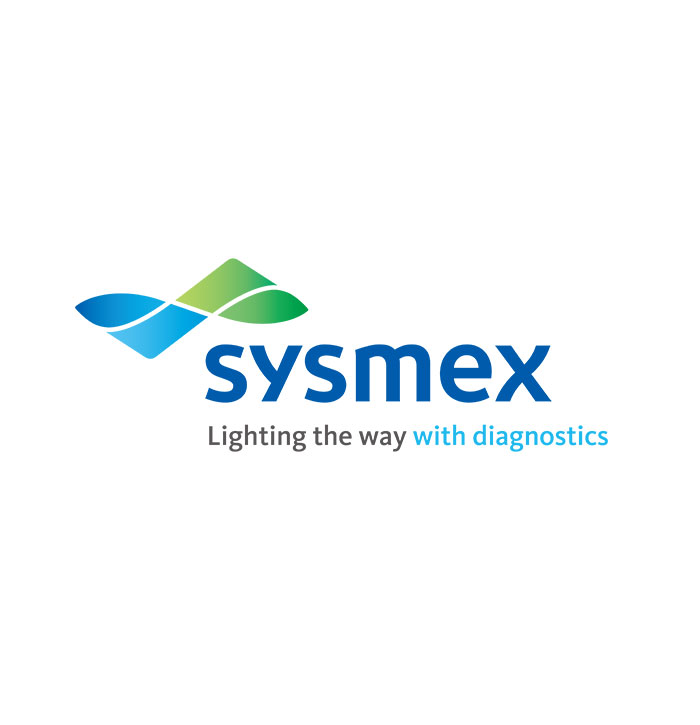No products in the cart.
The Role of Ret-He in Haemodialysis Patients: Insights from Sysmex
Hemodialysis patients often experience anemia, primarily due to the reduced production of erythropoietin by the kidneys. Monitoring and managing anemia in these patients is crucial for their overall health and quality of life. One of the parameters used to assess the effectiveness of anemia treatment is the reticulocyte hemoglobin equivalent (Ret-He). Sysmex, a leading provider of hematology analyzers, offers advanced technology to measure Ret-He, providing valuable insights into the management of anemia in hemodialysis patients.
Understanding Ret-He
Ret-He measures the hemoglobin content in reticulocytes, which are immature red blood cells. Unlike traditional hemoglobin measurements, Ret-He provides an early indication of changes in erythropoiesis (the production of red blood cells). This is because reticulocytes are released from the bone marrow into the bloodstream and contain hemoglobin synthesized over the previous few days. Hence, Ret-He reflects the immediate status of iron availability and erythropoietic activity, making it a sensitive marker for detecting functional iron deficiency and monitoring the response to iron therapy.
Importance of Ret-He in Hemodialysis Patients
Early Detection of Iron Deficiency:
Hemodialysis patients are prone to iron deficiency due to blood loss during dialysis, reduced dietary intake, and inflammation. Ret-He can detect iron deficiency earlier than traditional markers like serum ferritin and transferrin saturation (TSAT). This early detection allows for timely intervention, improving patient outcomes.
Monitoring Iron Therapy:
Iron therapy is a common treatment for anemia in hemodialysis patients. Ret-He is useful for monitoring the effectiveness of this therapy. An increase in Ret-He indicates a positive response to iron supplementation, while a decrease or no change may suggest inadequate iron availability or ineffective therapy.
Guiding Erythropoiesis-Stimulating Agent (ESA) Therapy:
ESA therapy stimulates the production of red blood cells. By monitoring Ret-He, clinicians can adjust ESA dosages more accurately. Ret-He provides a direct measure of the hemoglobin content in newly produced red blood cells, helping to ensure that ESA therapy is neither overused nor underused.
Assessing Overall Treatment Efficacy:
Regular monitoring of Ret-He helps in assessing the overall efficacy of anemia management protocols in hemodialysis patients. It provides a dynamic view of the patient’s hematological status, guiding clinicians in making informed decisions regarding treatment adjustments.
Sysmex Technology for Measuring Ret-He
Sysmex offers advanced hematology analyzers capable of accurately measuring Ret-He. These analyzers use flow cytometry and advanced algorithms to provide precise measurements of reticulocyte parameters, including Ret-He. Key features of Sysmex analyzers include:
High Sensitivity and Specificity:
Sysmex analyzers are known for their high sensitivity and specificity, ensuring accurate and reliable results for Ret-He measurements.
Comprehensive Hematology Profiling:
In addition to Ret-He, Sysmex analyzers provide a comprehensive profile of hematological parameters, allowing for a holistic assessment of the patient’s hematological status.
User-Friendly Interface:
Sysmex analyzers are designed with user-friendly interfaces, making it easier for clinicians and laboratory technicians to operate and interpret results.
The measurement of Ret-He plays a crucial role in the management of anemia in hemodialysis patients. Sysmex’s advanced technology provides accurate and reliable Ret-He measurements, aiding in the early detection of iron deficiency, monitoring iron and ESA therapy, and assessing overall treatment efficacy. By incorporating Ret-He into routine anemia management protocols, clinicians can significantly improve the quality of care for hemodialysis patients, ultimately enhancing their health and well-being.


